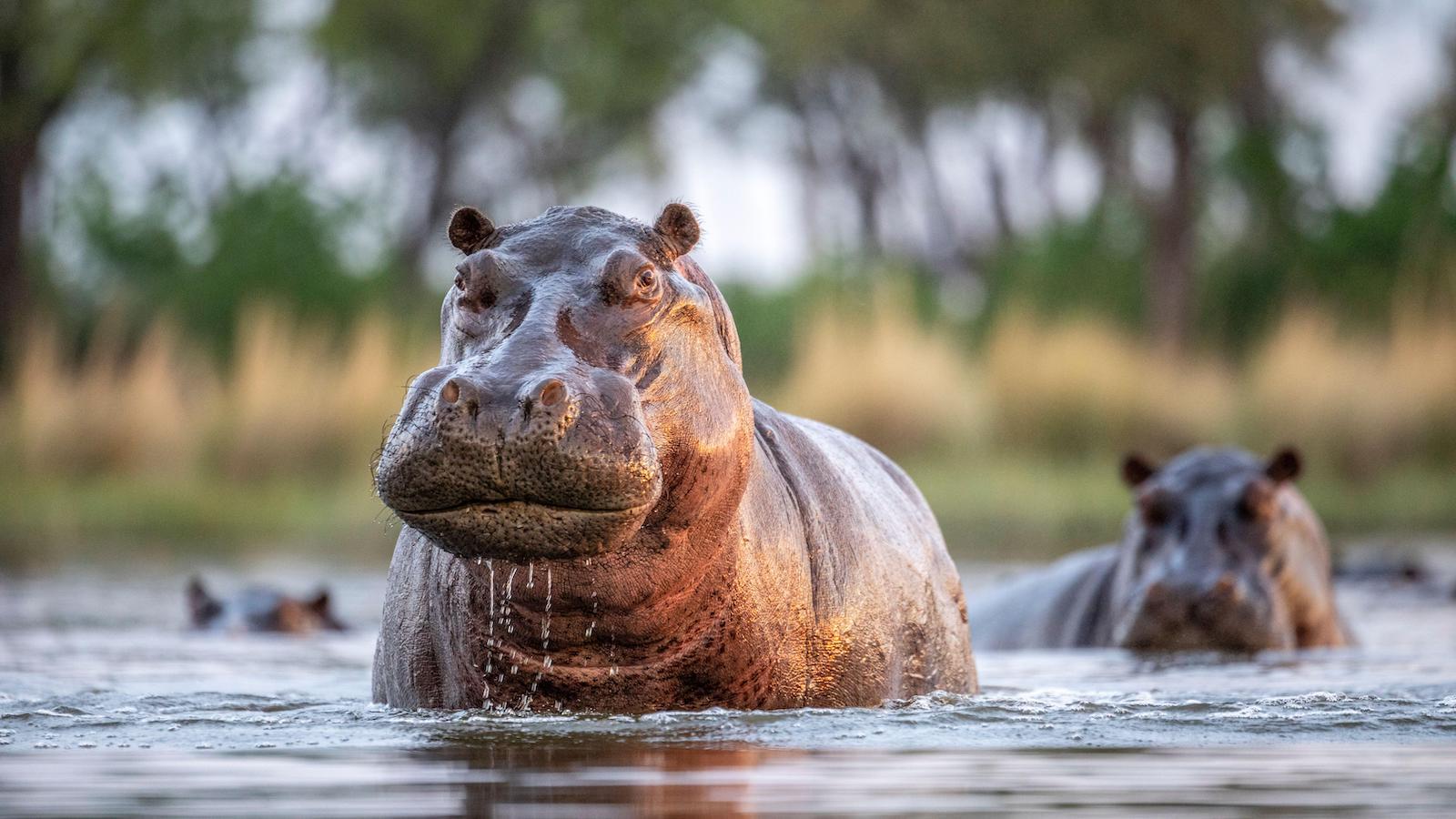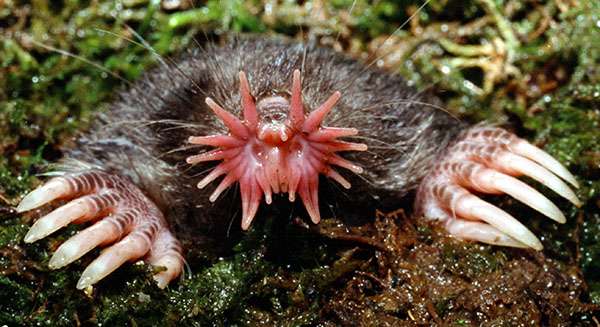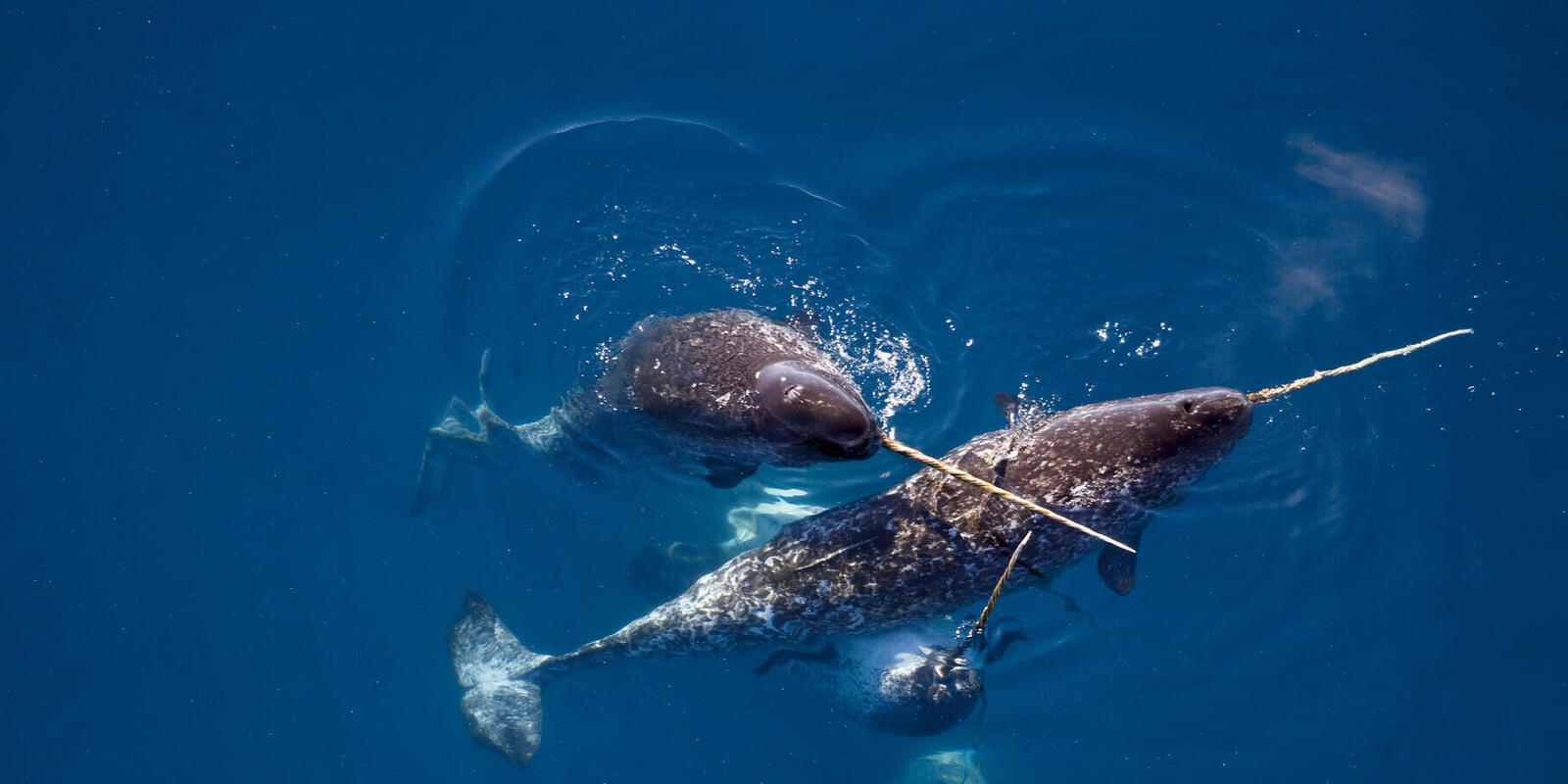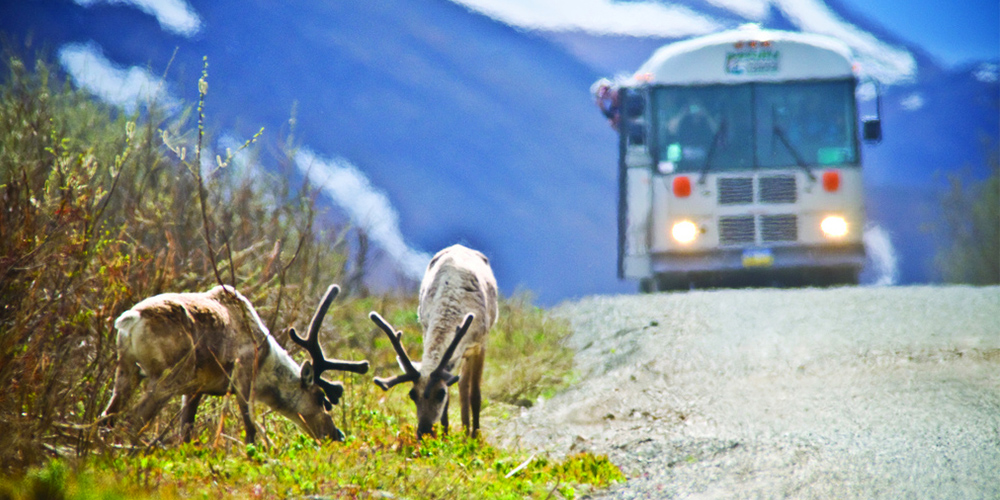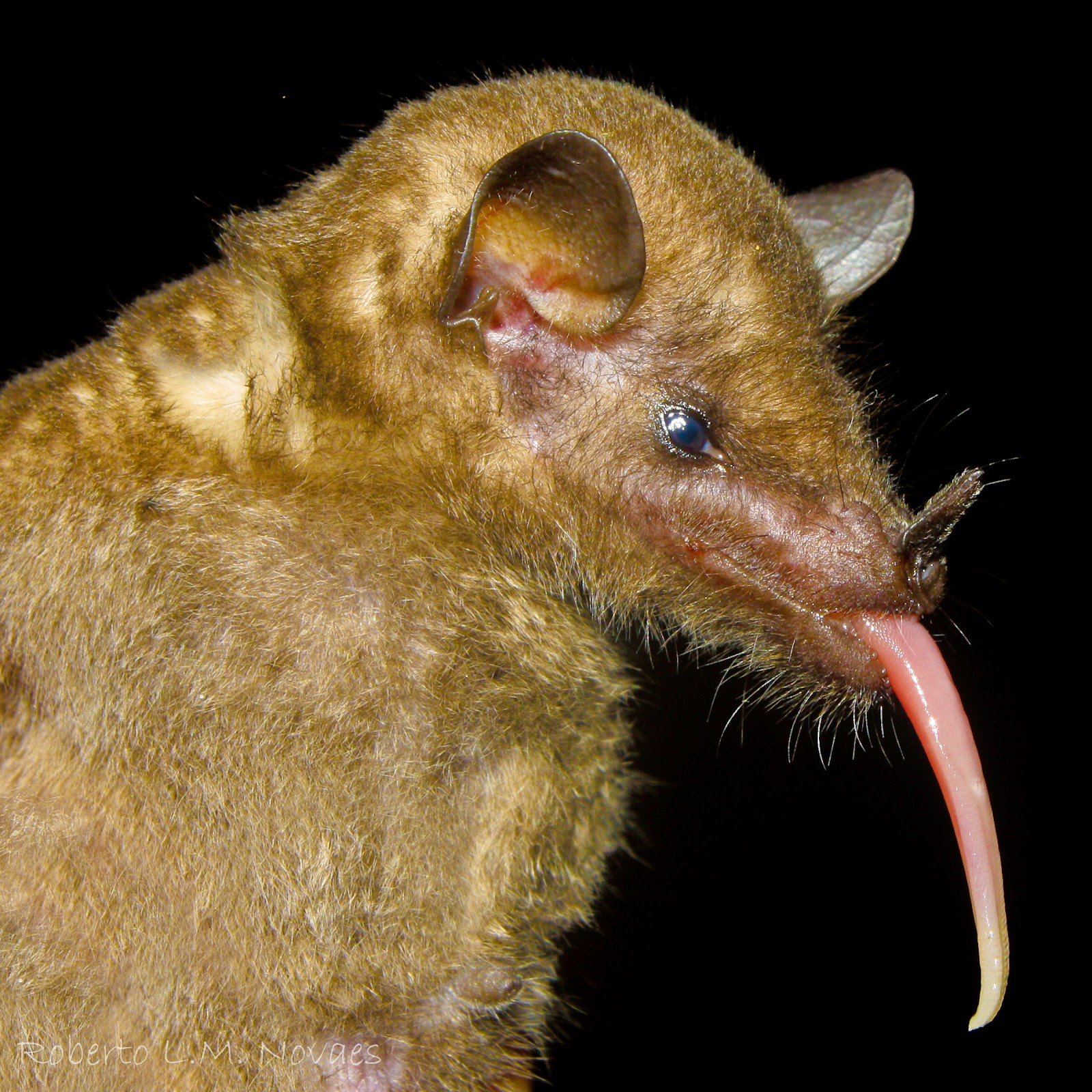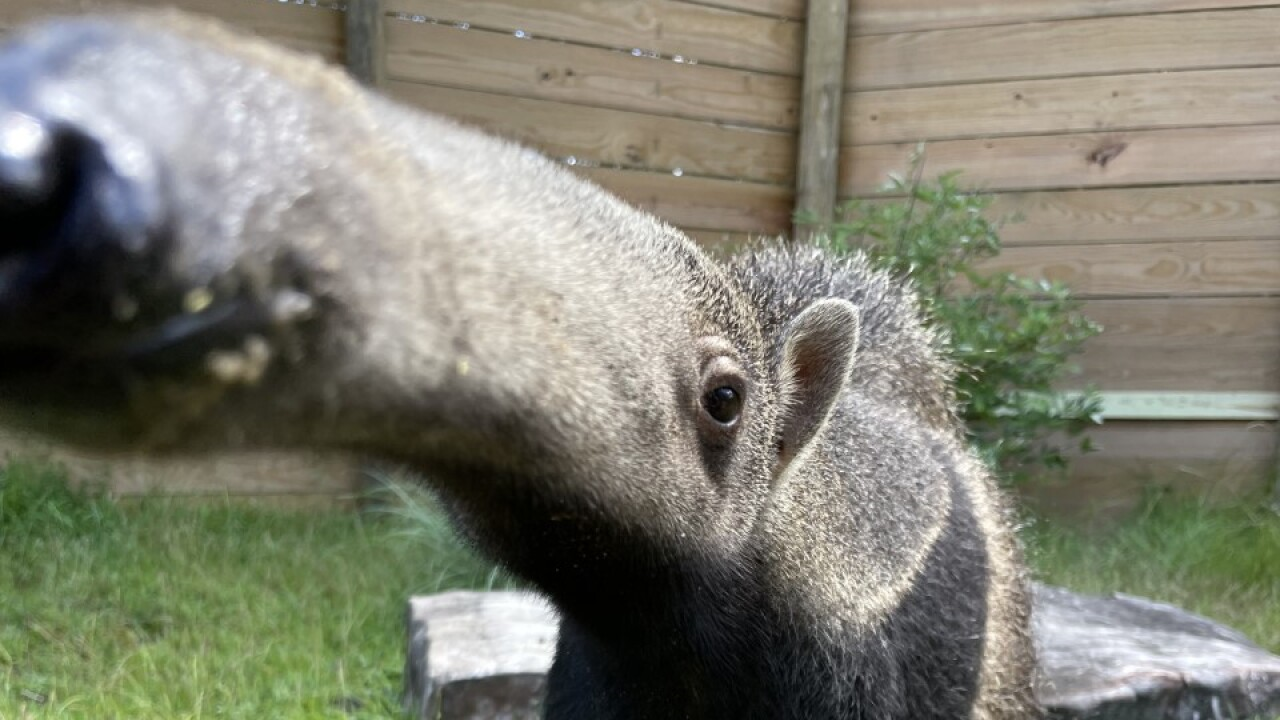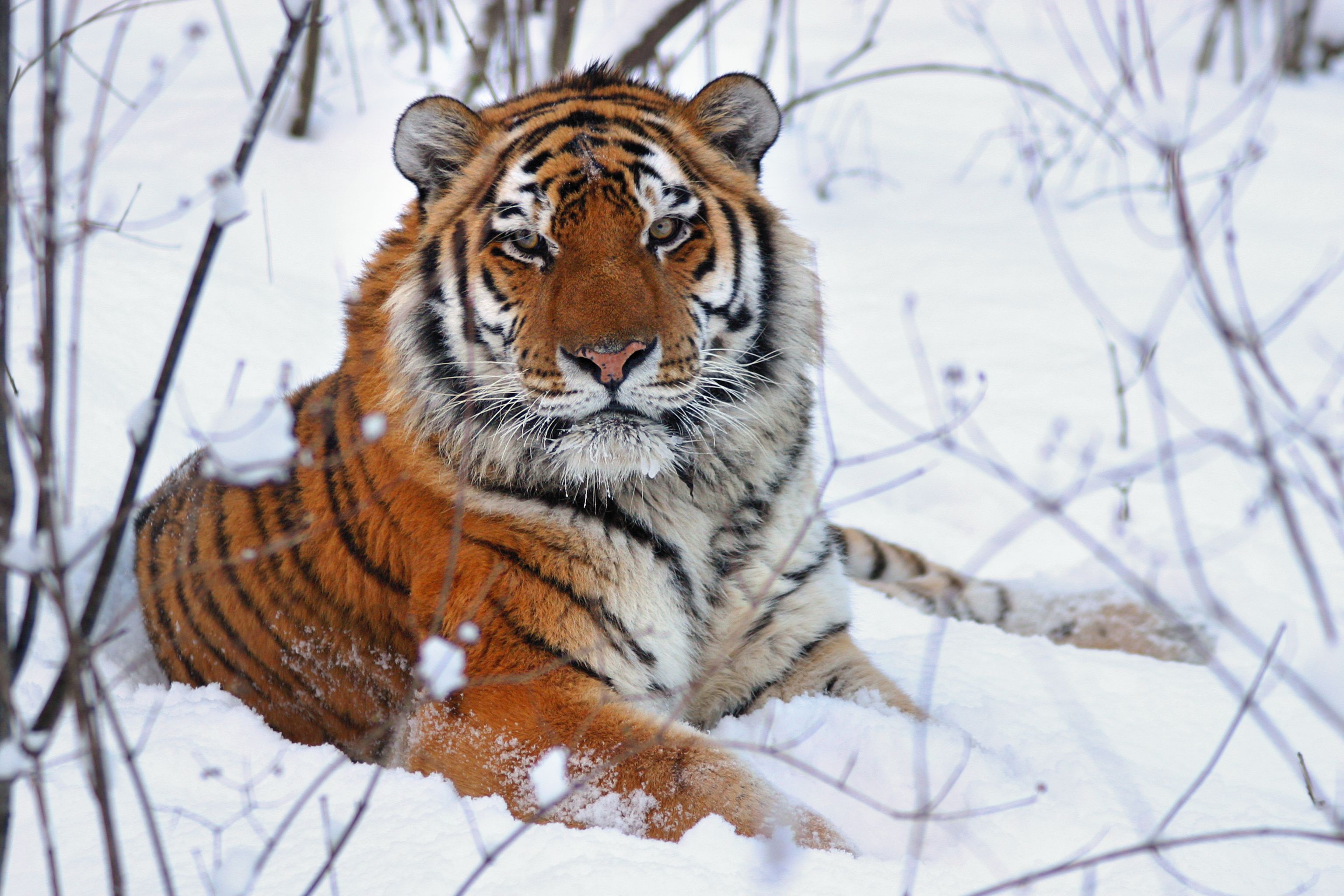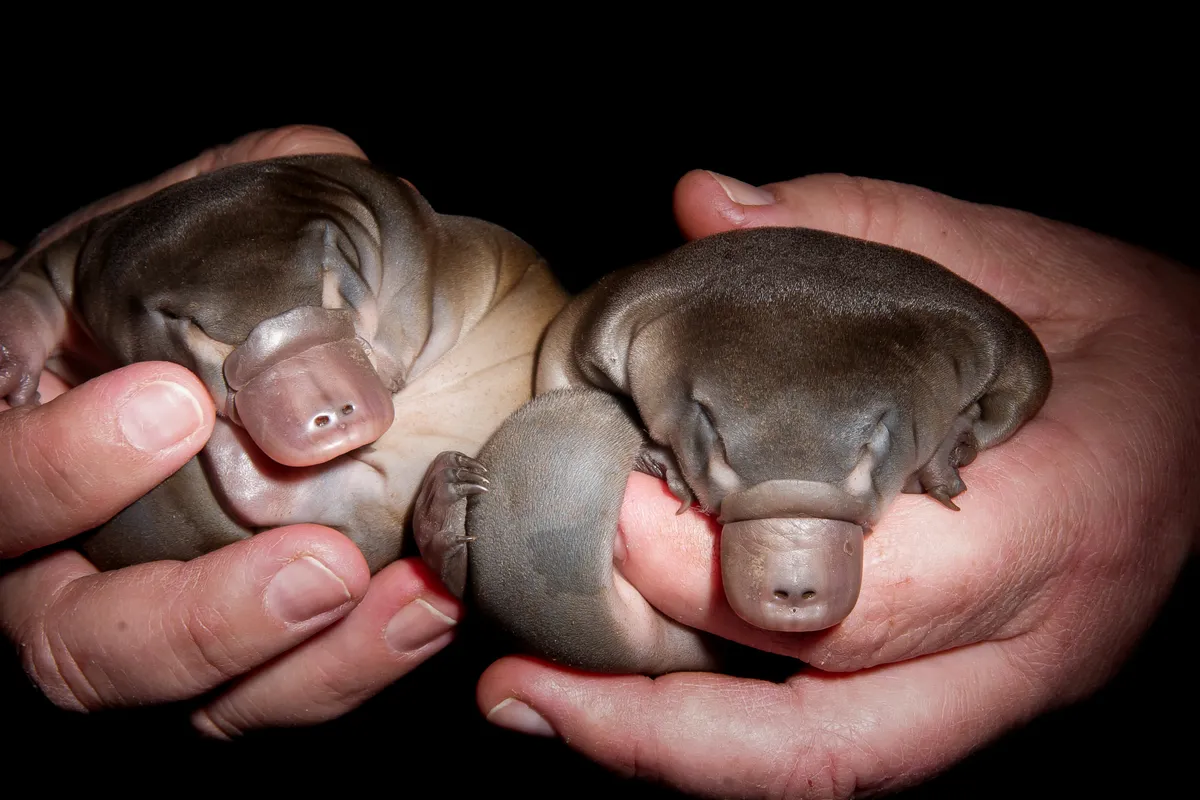
Certainly! Here are some interesting facts about elephant seals:
-
Two Main Species:
- There are two primary species of elephant seals: the Northern elephant seal (Mirounga angustirostris) and the Southern elephant seal (Mirounga leonina). They are found in the North Pacific and the Southern Ocean, respectively.
-
Massive Size:
- Elephant seals are the largest seals and among the largest marine mammals. Male Southern elephant seals are particularly large, with some individuals weighing over 8,800 pounds (4,000 kg). Northern elephant seals are slightly smaller.
-
Sexual Dimorphism:
- There is a significant size difference between male and female elephant seals. Adult males, known as bulls, are much larger than females, or cows. The males also have a distinctive, trunk-like nose, which gives them their name.
-
Deep Divers:
- Elephant seals are exceptional divers and can reach depths of over 5,000 feet (1,500 meters). They can stay submerged for extended periods, often around 20 minutes, allowing them to forage for prey such as squid and fish in the deep ocean.
- Related: 10 animals with the most interesting lips
-
Extended Oceanic Journeys:
- These seals are known for their long-distance migrations across vast expanses of the ocean. They can travel thousands of miles in search of food, and some individuals have been tracked on journeys that span entire ocean basins.
-
Mating Battles:
- During the breeding season, male elephant seals engage in fierce battles for dominance. These battles involve vocalizations, posturing, and physical combat. The victorious males, known as alpha males, have the opportunity to mate with multiple females.
-
Pupping and Molting on Land:
- Elephant seals come ashore for two main reasons: to give birth to their pups and to molt. Pups are born with a dark, woolly coat, and adult seals undergo an annual molt, shedding their fur and skin.
-
Buoyant Blubber Layer:
- Elephant seals have a thick layer of blubber that helps with buoyancy in the water. This layer also serves as an energy store, insulation against cold temperatures, and a buffer during fasting periods.
-
Conservation Success:
- Both species of elephant seals faced severe population declines due to hunting for their blubber in the 19th century. Conservation efforts in the 20th century have led to a remarkable recovery, and populations have rebounded significantly.
-
Tourist Attractions:
- Elephant seal colonies are popular tourist attractions, drawing visitors who want to observe these fascinating marine mammals in their natural habitats. Viewing areas are often established to allow people to observe seals without disturbing them.
These remarkable marine mammals are adapted to life in the open ocean and have unique behaviors that make them a subject of interest for researchers and wildlife enthusiasts alike.
